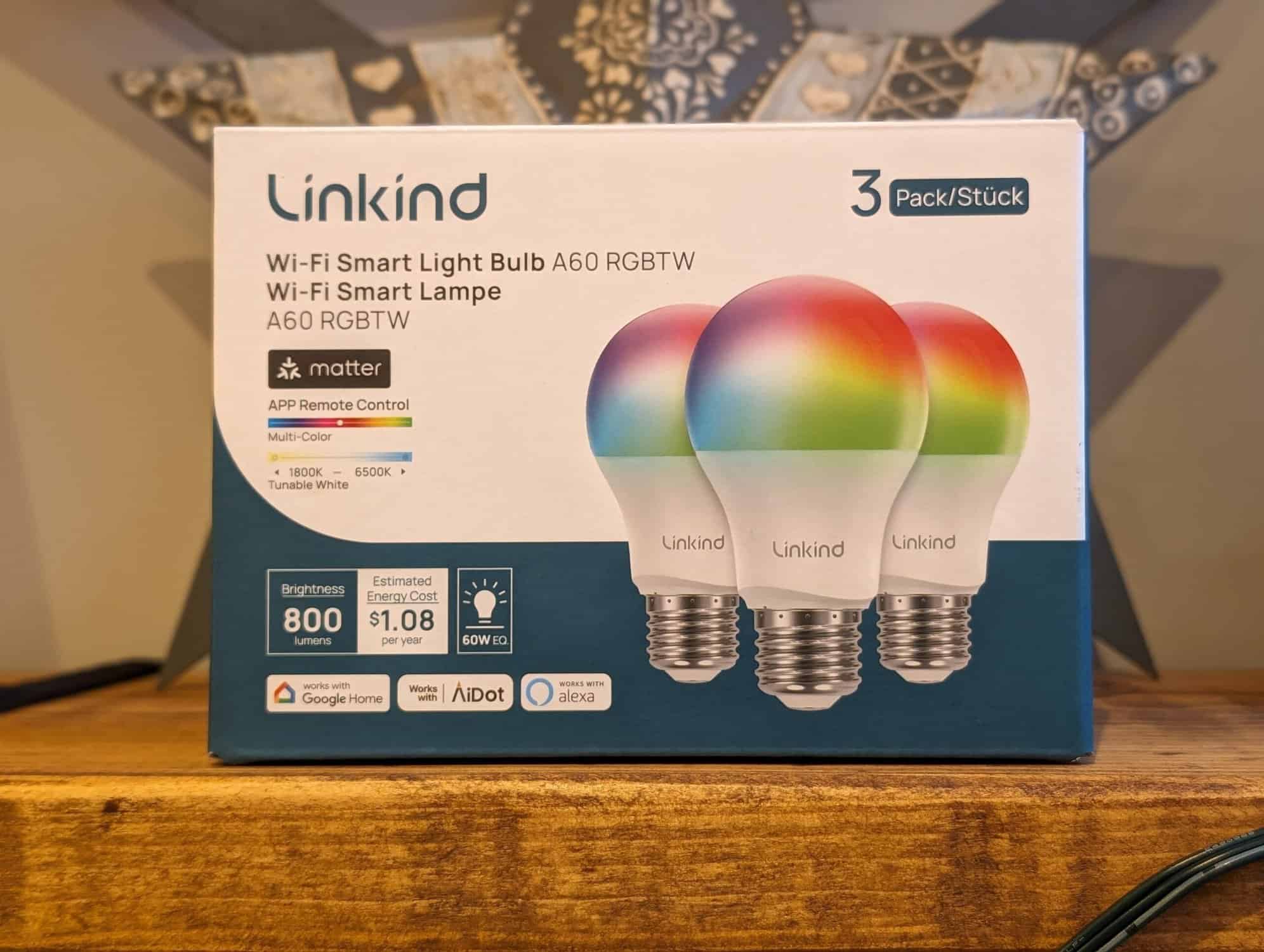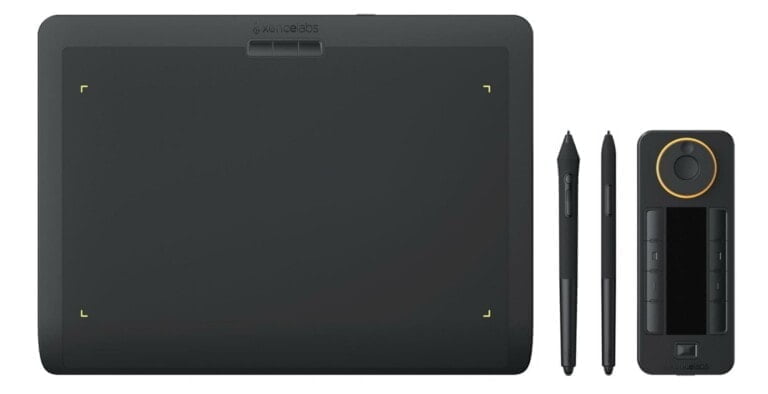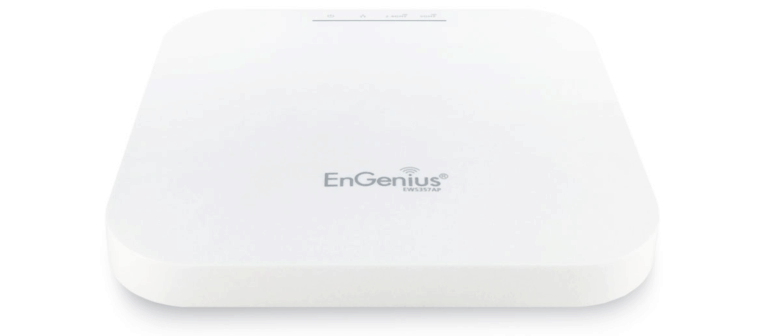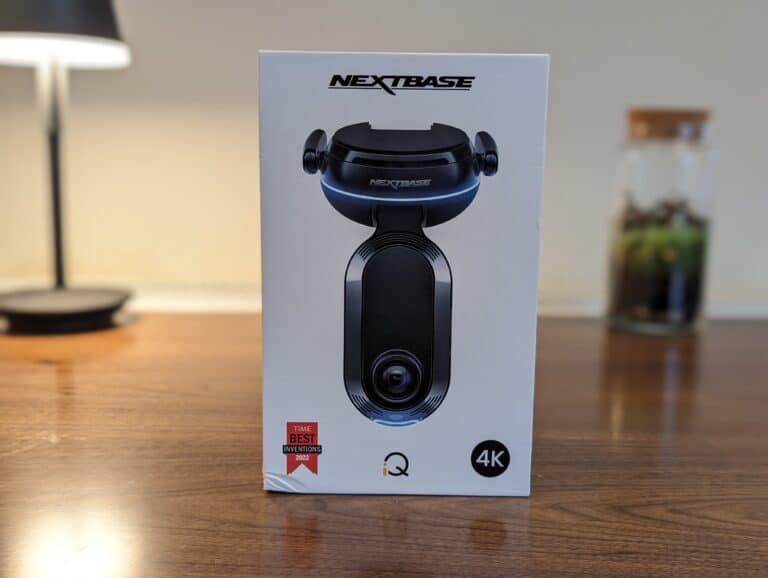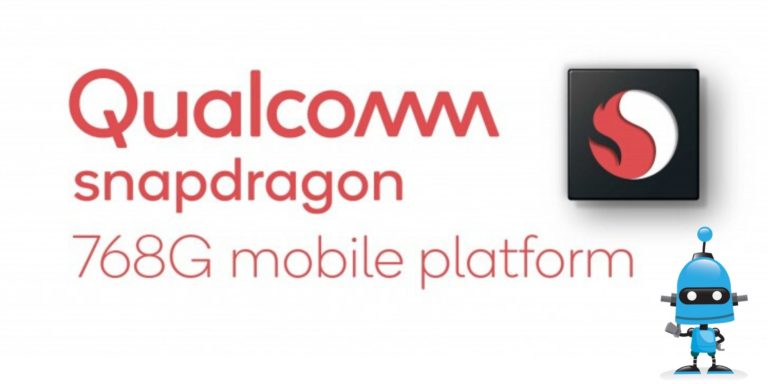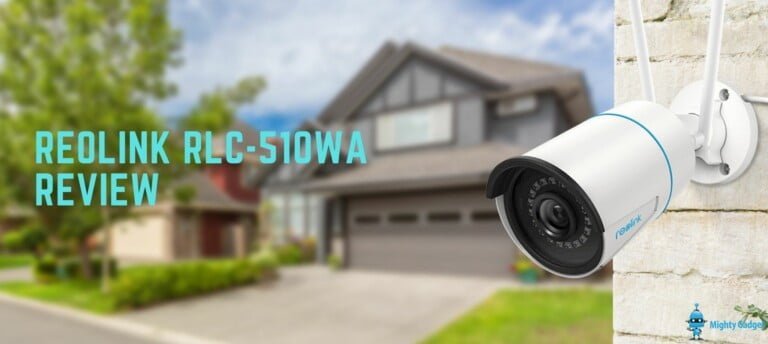Any links to online stores should be assumed to be affiliates. The company or PR agency provides all or most review samples. They have no control over my content, and I provide my honest opinion.
I didn’t have the best experience with Matter when I first used it with the Google Nest WiFi Pro, but since then, there has been a growing number of Matter-enabled devices, and I have switched to Home Assistant for all my smart home needs.
The AiDot Linkind represent a perfect example of why Matter is important for smart homes. Without Matter, these would require yet another app on my phone and potentially no cross-compatibility with the rest of my home unless I control things via Google Assistant or Alexa.
With Matter, I was able to integrate these into Home Assistant without any additional apps and get them working seamlessly with all the other brands I have integrated into it.
Furthermore, these are considerably cheaper than many other brands, so you are not stuck with brands like Philips Hue or Nanoleaf if you want a seamless smart home experience.
| Preview | Product | Rating | Price | |
|---|---|---|---|---|

| Linkind E27 Smart Bulb, Matter Smart WiFi LED Light, RGBTW... |
£32.99 | Buy on Amazon |
Specification
- Brand: Linkind
- Special Feature: Energy Usage Insight, 16 Million Colours, Seamless Interoperability, 45 Dynamic Scenes, Music Sync
- Wattage: 9 watts
- Brightness: 800 Lumen
- Material: Aluminium, Plastic
- Bulb Base: E27
- Light Direction: Adjustable
- Colour Temperature: 6500 Kelvin
Features:
- The Linkind Matter lightbulbs offer compatibility with Matter, allowing control across platforms like Apple HomeKit, Alexa, and Google Home without needing separate apps.
- Setup is straightforward – simply scan the Matter QR code to connect bulbs into Matter or AiDot apps.
- With adjustable colour temperatures from 1800K to 6500K, the BR30 bulbs provide both bright white light and a spectrum of colour options for setting scenes. The built-in music sync can make the lighting pulse to music for vibrant effects.
- Use the AiDot app for extensive customisation options – tweak lighting colours, program schedules, create scenes, and more. Or take the hands-free route by connecting to a smart home assistant like Alexa or Google Assistant for voice control.
- Schedules can be configured in Apple Home, Google Home or any Matter compatible platforms, letting you easily automate the Linkind bulbs to suit daily routines by turning on/off at set times.
- Do note the bulbs are not compatible with in-wall dimmers which could affect functionality. Also Linkind devices only operate over 2.4GHz networks.
Set Up with Matter
This review took longer than expected because I had some issues getting the lights to pair using Matter. It is likely user error.
Currently, I use Home Assistant with the SkyConnect dongle for all my smart home tech. When attempting to add these lights through the Home Assistant app, I would constantly get network errors.
I have previously experienced issues with Matter, as it requires Bluetooth for provisioning, so I made sure to set the bulbs up in the same room as my RPi running Home Assistant, but this didn’t seem to matter.
A couple of weeks later, I retried, and they worked immediately. The only two differences I can think of were that I used a different lamp, and rather than type the Matter code in manually, I scanned the QR code and then quickly screwed the bulb in place.
Within Home Assistant, it gets identified as a Smart RGBTW Bulb by Leedarson.
Settings and Features Within Home Assistant
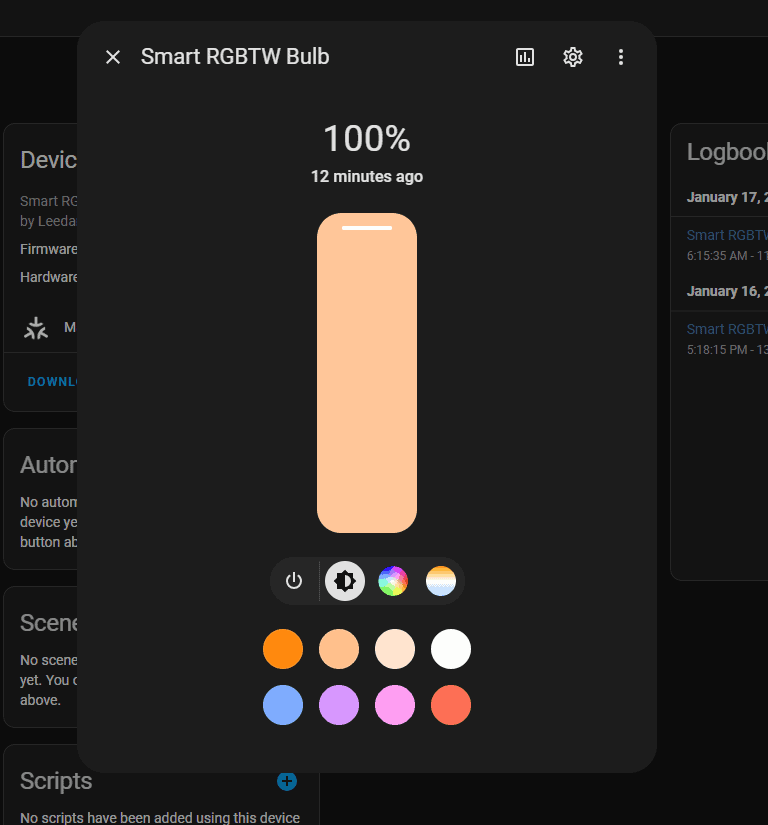

The controls within Home Assistant are basic, but it covers what you need.
You have options to:
- Switch on/off
- Change brightness
- Change colour via a colour wheel
- Change temperature
- Eight preset colours
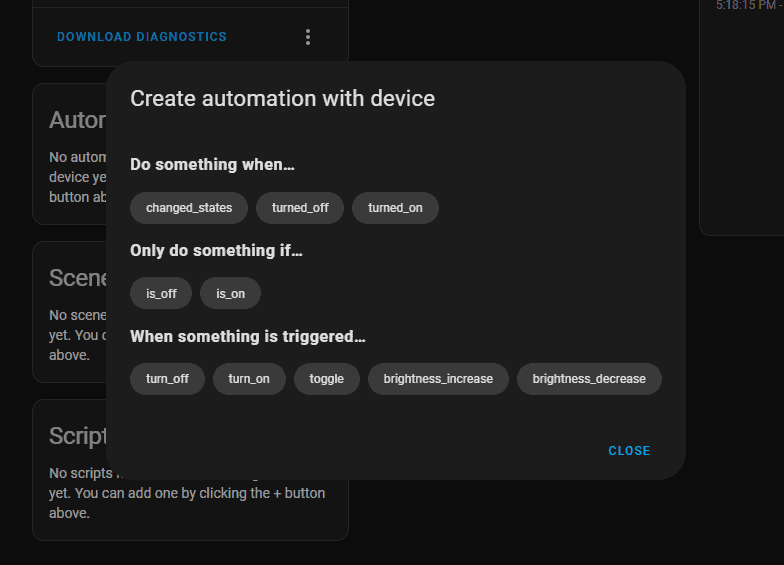

For automation, you have triggers for:
- Smart RGBTW Bulb turned on or off
- Smart RGBTW Bulb turned on
- Smart RGBTW Bulb turned off
For conditions you have on or off
For actions you have:
- Turn on
- Turn off
- Toggle on/off
- Increase brightness
- Decrease brightness
Set Up with AiDot App
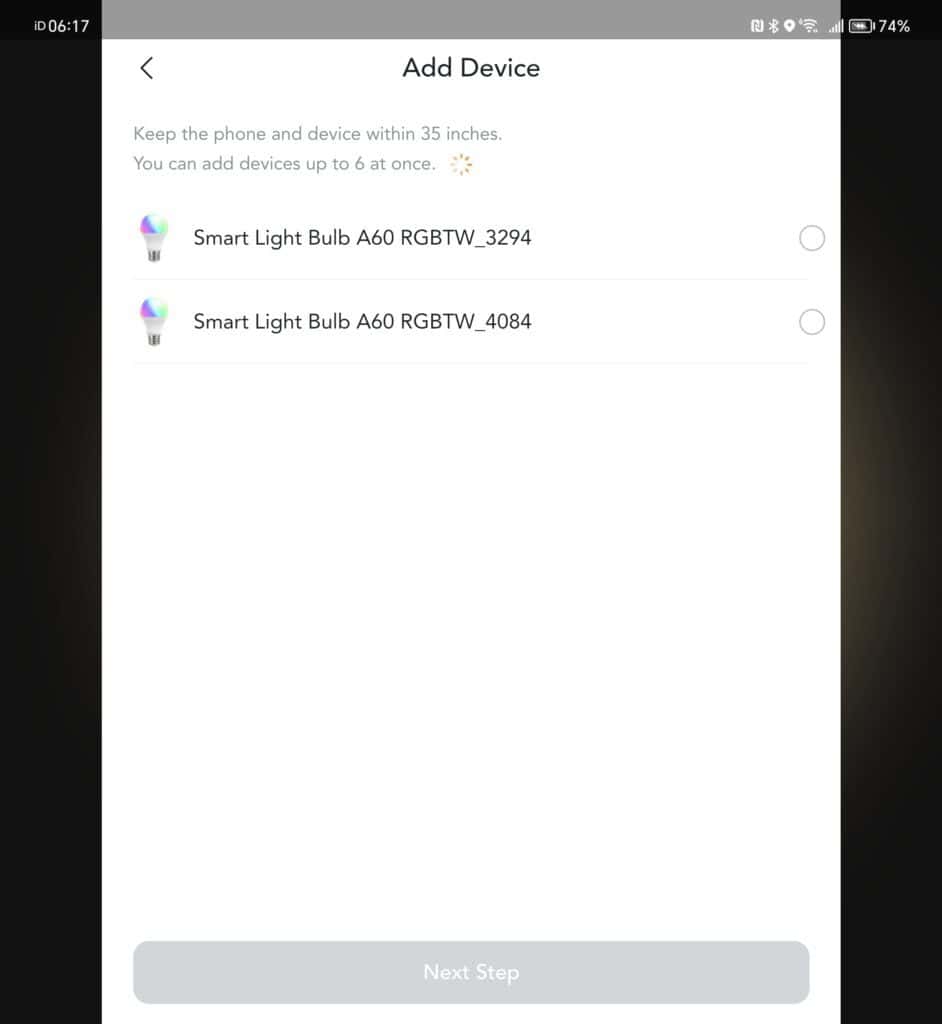

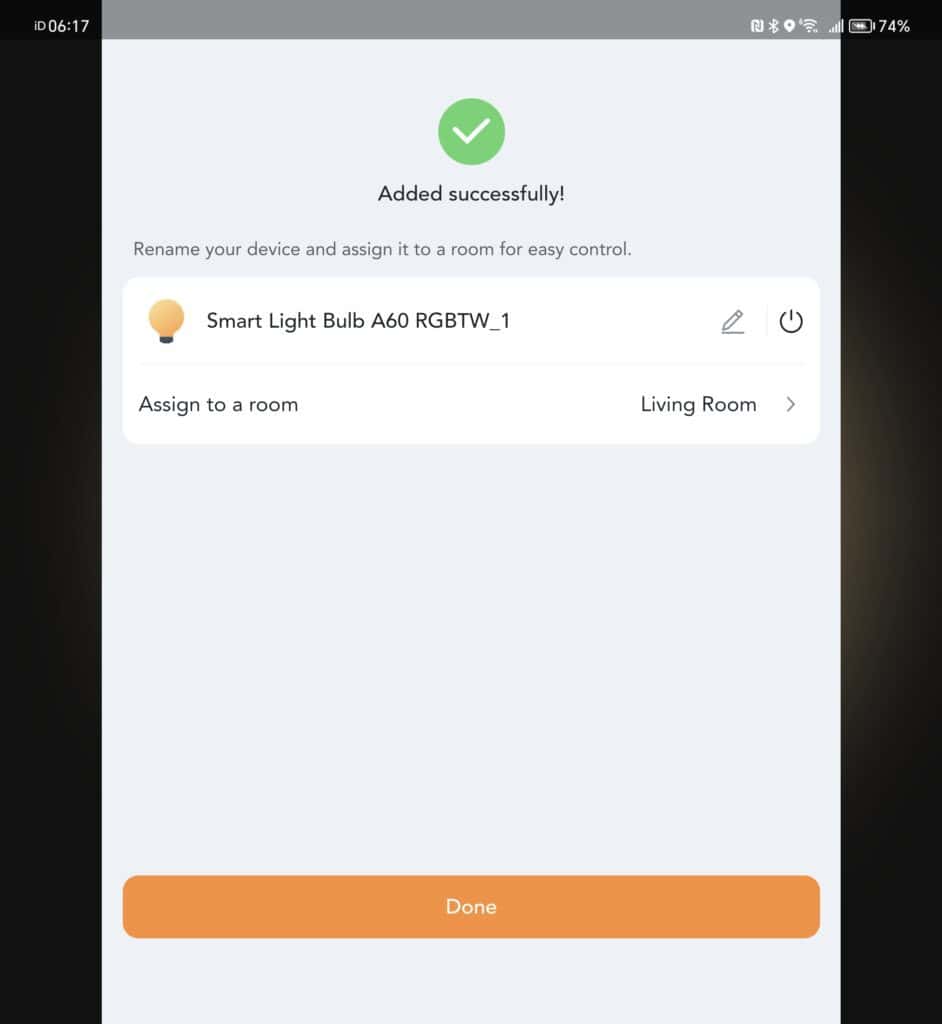

You can also add the lights to the AiDot App. In my case, I had already set them up with Matter. So when I installed the app, logged in and then searched for the lights with Bluetooth, they were immediately identified, and I didn’t need to pass any WiFi credentials over to them.
Settings and Features Within AiDot App
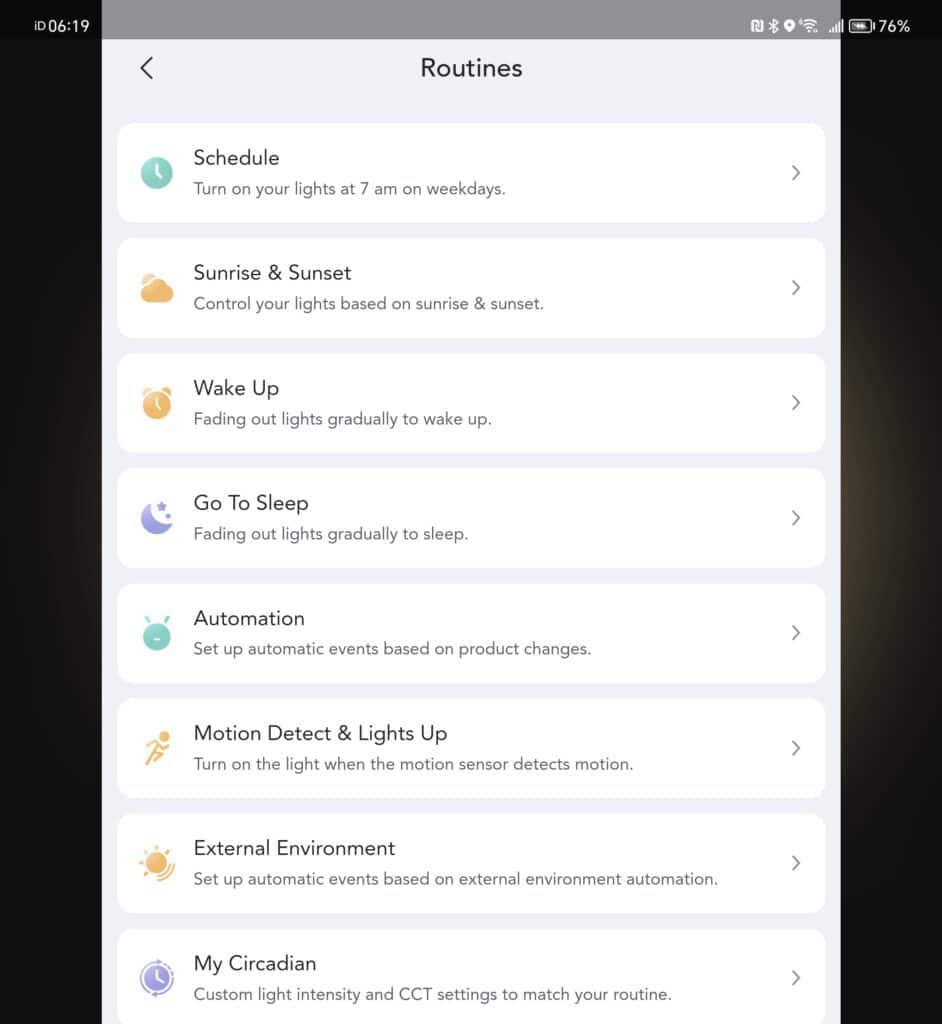

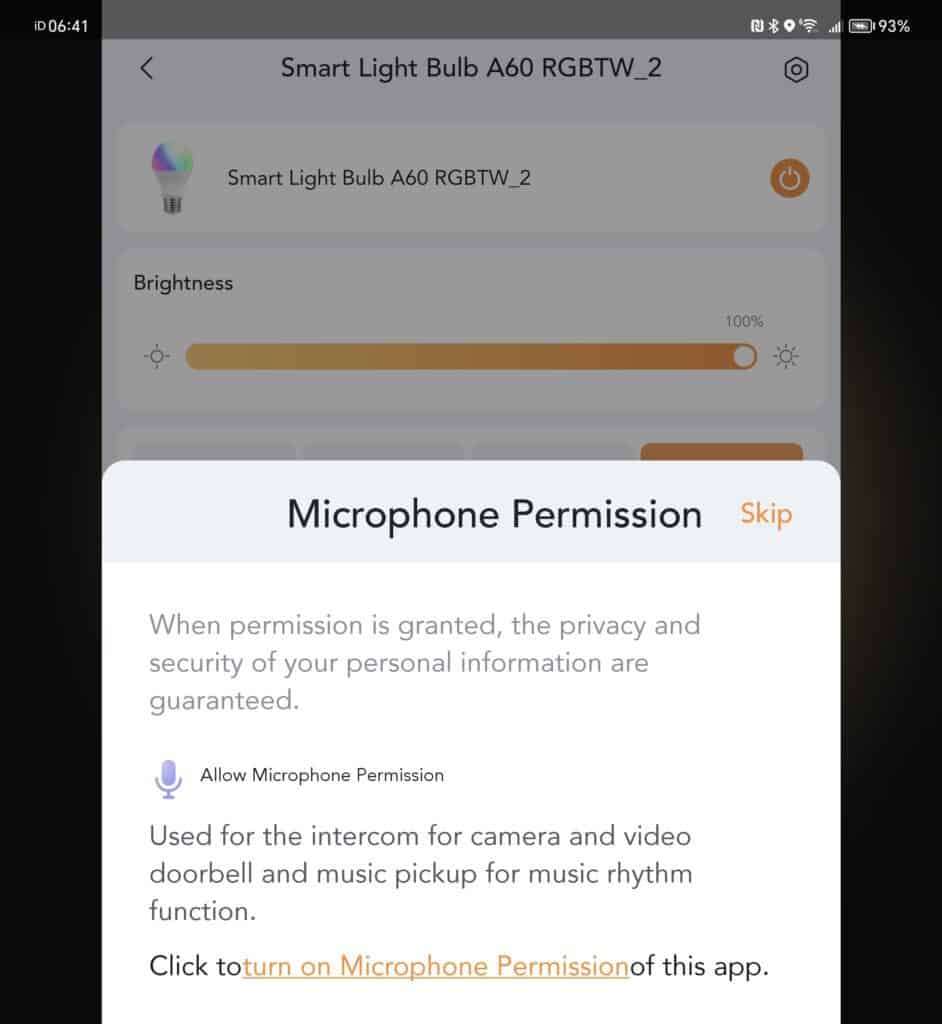



The settings available with the AiDot app include:
- On/Off
- Brightness
- White Temperature
- Colour Selection
- Preset Colours including some dynamic/animate colours
- Music sync, which requires location and microphone permissions
- Schedule
Then, within the settings section, you have access to routines, this again includes schedule, but you have many other options, including:
- Sunrise / Sunset
- Wake Up
- Go to Sleep
- Automation
- Motion Detection & Lights Up (requires motion sensor)
- External environmental conditions. This requires your address, and you can then make the lights change based on weather, temperature, humidity and air quality
- Custom light temperatures based on your own circadian rhythm
- Then, under the automation tab, you have access to scenes and the same routines as above.
- You also have energy usage insight, which should indicate the power draw of the bulb. However, the two bulbs I added to the app showed 0W even when they were switched on.
In Use / Performance
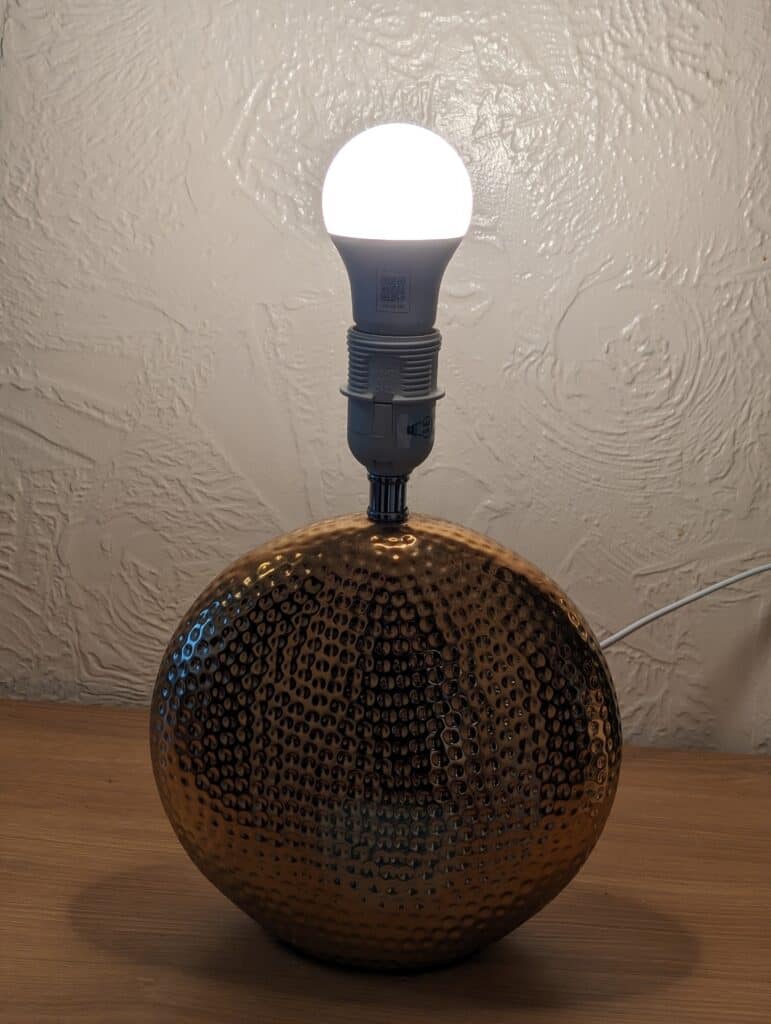

Apart from the lack of accurate energy readings, the bulbs work exactly as you’d expect. The 800-lumen brightness is about the same as you get from the Phips Hue A60 E27 smart bulb which costs £50.
The AiDot app is better than expected and has some useful settings that you can’t get from Home Assistant/Matter. However, I almost exclusively used these with Home Assistant.
The main benefit is that I can integrate them with all my other smart home devices.
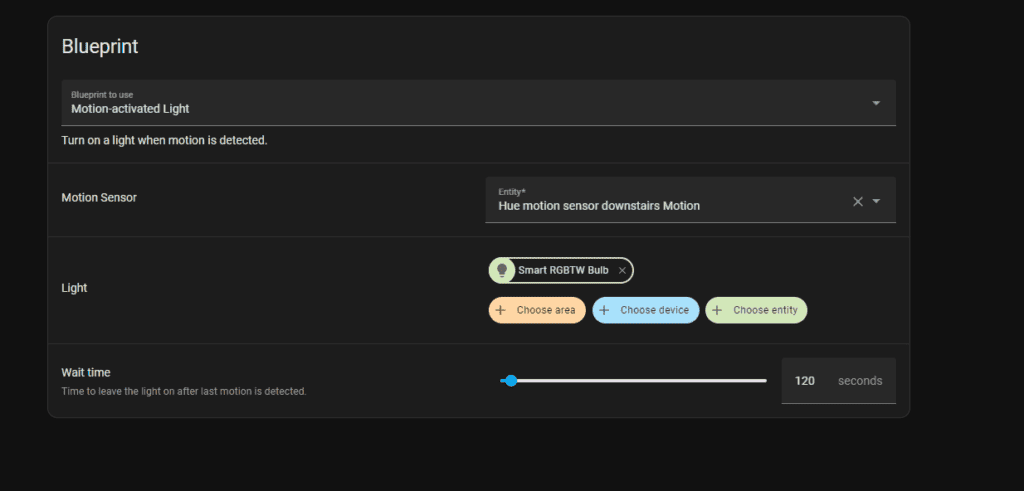

In particular, I can use things like my Hue motion sensors and dimmer switches or my Aqara switches and motion sensors as a way to automate the lights and allow cross-compatibility for my confusing mess of smart home brands.
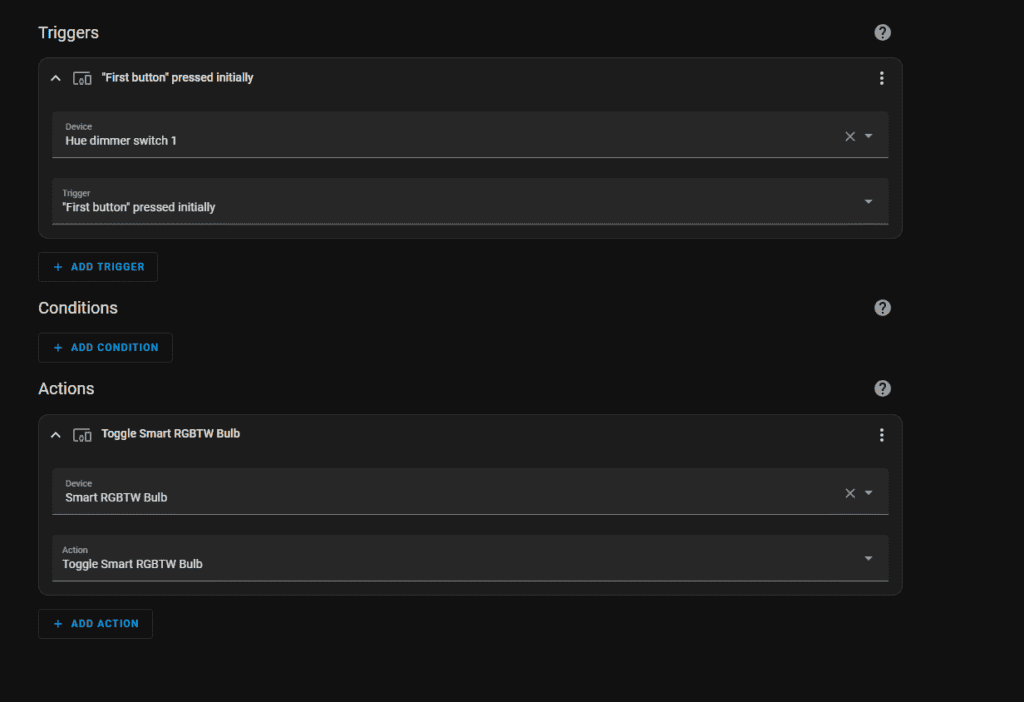

Price and Alternative Options
The AiDot Linkind are available directly from AiDot for US residents. A single bulb is $14.99, a four-pack is $24.99 ($6.25 each), or a six-pack is $32.99 ($5.50 each).
In the US, I can’t find anything cheaper than these; there is OREiN on Amazon, which goes down to as cheap as $6.89, but they are just the same as the AiDot bulbs.
| Preview | Product | Rating | Price | |
|---|---|---|---|---|
   | Linkind E27 Smart Bulb, Matter Smart WiFi LED Light, RGBTW... |
£32.99 | Buy on Amazon |
In the UK, they are listed as Linkind E27 smart bulbs on Amazon, and these are £33 for 4 (£8.25 each), so quite a bit more expensive than the US pricing but considerably cheaper than most alternative options.
On Amazon UK, the competing Matter-enabled E27 RGBW smart bulbs consist of:
- Nanoleaf Matter Essentials 9W (uses Matter and Thread)
- 1 bulb = £20
- 3 pack = £50 (£16.66)
- Tapo L535E 8.6W 1055 lumens (75W Equivalent)
- 1 bulb = £10
- Sengled LED Smart Light Bulb E27 9W 800 Lumen
- 1 bulb = £15
Overall
Considering the very attractive pricing and the wide range of compatibility due to Matter, there is not a lot to criticise about these AiDot Linkind smart bulbs. They are incredibly value for money, and you are not locked into a random smart home app.
I did experience some minor set-up problems with Matter, but I think that is either user error or perhaps my Raspberry Pi. I was also not able to get proper power usage for each bulb via the AiDot app. LED bulbs are so cheap to run. I am not too concerned about this, and I don’t plan to use the AiDot app much, or at all.
I’d perhaps prefer Thread-based smart bulbs instead of WiFi, but that is largely my personal preference, and it is only the much more expensive Nanoleaf that does this.
Also, in the UK, the Tapo L535E is not significantly more expensive per bulb and is brighter at 1055 lumens, so it might be worth considering as an alternative.
Overall, I think the AiDot Linkind bulbs are superb and represent amazing value for money.
AiDot Linkind Matter A19 Smart Light Bulb Review
Summary
Considering the very attractive pricing and the wide range of compatibility due to Matter, there is not a lot to criticise about these AiDot Linkind smart bulbs. They are incredibly value for money, and you are not locked into a random smart home app.
Overall
90%-
Overall - 90%90%
I am James, a UK-based tech enthusiast and the Editor and Owner of Mighty Gadget, which I’ve proudly run since 2007. Passionate about all things technology, my expertise spans from computers and networking to mobile, wearables, and smart home devices.
As a fitness fanatic who loves running and cycling, I also have a keen interest in fitness-related technology, and I take every opportunity to cover this niche on my blog. My diverse interests allow me to bring a unique perspective to tech blogging, merging lifestyle, fitness, and the latest tech trends.
In my academic pursuits, I earned a BSc in Information Systems Design from UCLAN, before advancing my learning with a Master’s Degree in Computing. This advanced study also included Cisco CCNA accreditation, further demonstrating my commitment to understanding and staying ahead of the technology curve.
I’m proud to share that Vuelio has consistently ranked Mighty Gadget as one of the top technology blogs in the UK. With my dedication to technology and drive to share my insights, I aim to continue providing my readers with engaging and informative content.
Last update on 2024-04-28 / Affiliate links / Images from Amazon Product Advertising API

